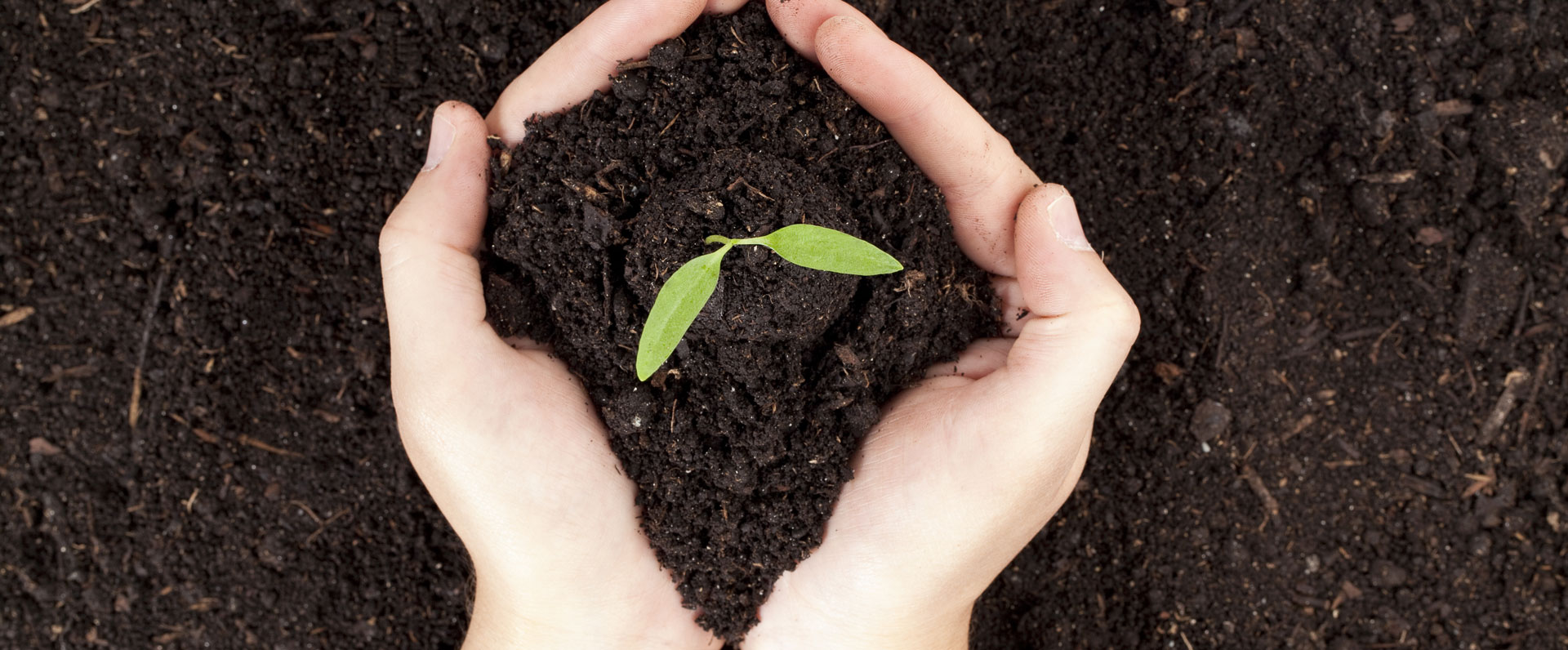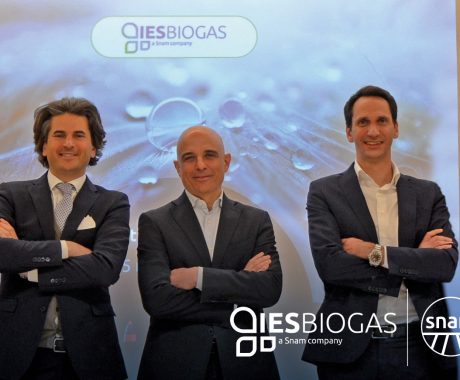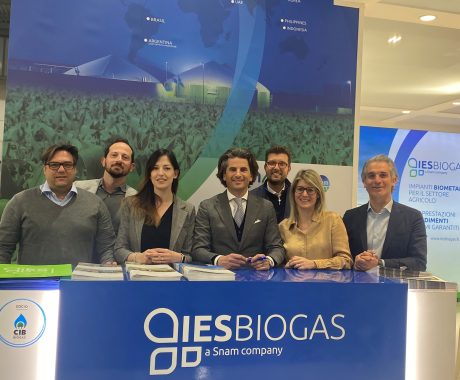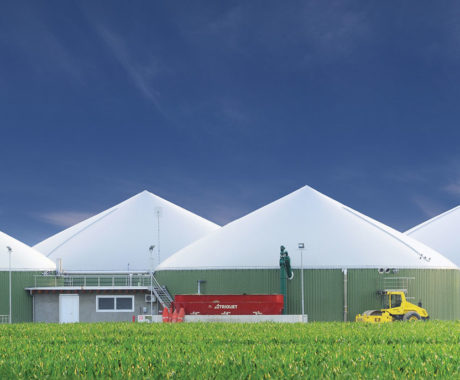News
With 10% renewable gas, less 55% CO2 emissions by 2030
This is what emerges from the new study commissioned by the Gas for Climate consortium, which proposes a binding European target of hydrogen and biomethane in gas infrastructure
The introduction of a 10% of renewable gases (biomethane and hydrogen) into networks across Europe, together with an increase of renewable electricity, will enable the continent to achieve climate neutrality in 2050, reducing CO2 emissions up to 55% by 2030.
This is revealed in the new edition of the annual study commissioned by the European consortium Gas for Climate to Guidehouse (formerly Navigant). Gas for Climate includes Snam, CIB Consorzio Italiano Biogas and other ten companies and associations from eight European countries active in natural gas infrastructure and renewable gas (Enagás, Energinet, EBA – European Biogas Association Fluxys, Gasunie, GRTgaz, ONTRAS, OGE, Swedegas and Teréga).
According to the study, the increased use of renewable gases (biomethane, blue hydrogen and green hydrogen), combined with a binding target for their introduction in gas networks in a share of no less than 10%, would guarantee to the continent an accelerated decarbonisation path with economic and employment benefits.
The analysis concludes that the adoption at European level of specific energy and climate policies on biomethane and hydrogen – obtained either from fossil fuels with carbon dioxide deprivation (blue hydrogen), or from renewables through electrolysis (green hydrogen) or through steam reforming and carbon capture sequestration (hydrogen climate positive) – could facilitate the achievement of the “net zero” target on CO2 emissions by mid-century. These measures could affect the Commission’s Green Deal, placing Europe as a driving force in the global energy transition.
Among the initiatives suggested, in addition to the target of 10% renewable gas feed into the grid, are included:
- The adaptation of the European regulatory framework on gas infrastructure, in order to promote “sector coupling” with the electricity system;
- The encouragement of cross-border trade of hydrogen and biomethane;
- The demand stimulation actions by European industry;
- The updating and strengthening of the Emissions Trading Scheme (ETS).
According to the CEO of Snam, Marco Alverà, “the investments for climate change mitigation foreseen in the European Green New Deal framework could play a decisive role in the restart phase, once the health emergency is over. In this context, the development of renewable gases such as hydrogen and biomethane, used in existing infrastructure and combined with renewable electricity, represents an unmissable opportunity to more easily achieve climate neutrality goals by 2050 and to create new employment opportunities throughout our continent. With the increasing use of hydrogen and biomethane we will have a more sustainable, efficient and resilient energy system, strengthening Europe’s global climate leadership”.
Piero Gattoni, President of CIB – Consorzio Italiano Biogas, has declared: “To achieve climate neutrality and reduce emissions, agriculture plays a decisive role. The gas network is a strategic infrastructure, capable of collecting the great development potential of agricultural biomethane and hydrogen climate positive. We are convinced that this synergy between the gas industry and the agricultural world will contribute to the construction of an integrated and sustainable European energy system. Il would be capable of enhancing the existing infrastructure and making the best use of the CO2 storage potential offered by agricultural soils, directing the economic recovery phase considering social and environmental objectives. In order to fully implement the Green New Deal, measures are needed to recognize biogas/biomethane plants as an essential environmental safeguard. It is urgent to unblock investments in the sector and encourage the conversion to biomethane of existing biogas plants, in order to contribute to reaching the 10% of renewable gas in the grid by 2030″.







